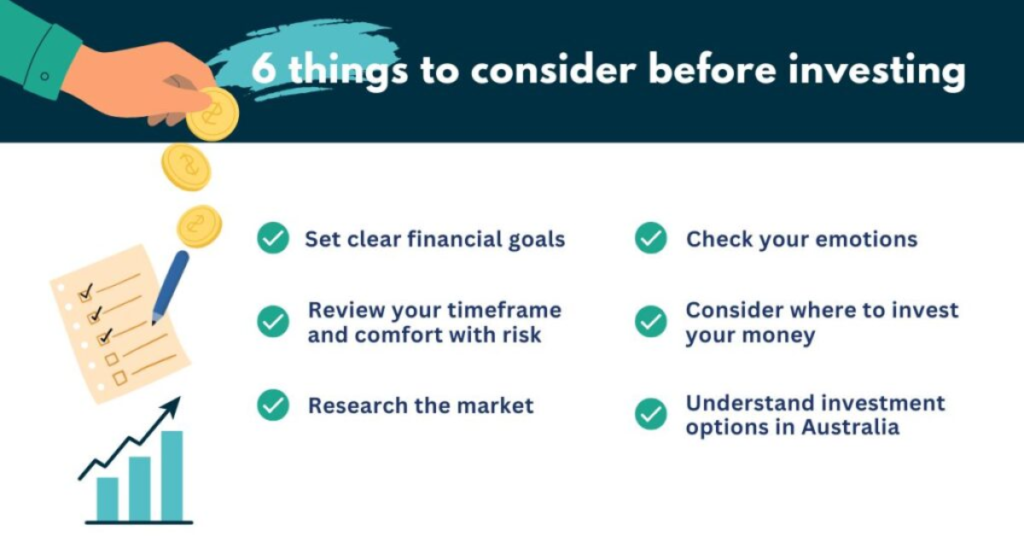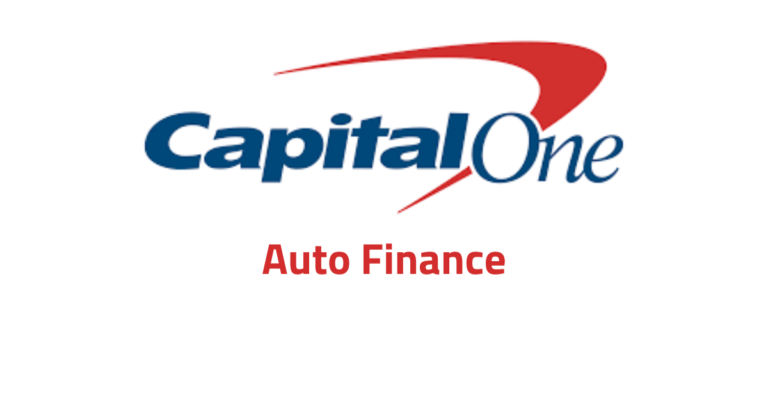Top 5 Investment Options for Beginners in 2025
Whether you’re looking to grow your wealth, save for the future, or beat inflation, this guide will walk you through the top 5 investment options for beginners in 2025. These options are simple to understand, easy to start, and don’t require expert-level knowledge.
Investing can feel intimidating for beginners, especially with so many financial products and platforms available in 2025. But here’s the good news: you don’t need a finance degree or a large bank balance to start investing. The key is to choose low-risk, beginner-friendly investment options that align with your financial goals.
1. What to Know Before You Start Investing

Before you dive into your first investment, it’s important to prepare the right foundation. Ask yourself:
- What are your short-term and long-term financial goals?
- How much risk are you comfortable taking?
- Do you have an emergency fund in place?
If you’re living paycheck to paycheck or don’t have savings to cover 3–6 months of expenses, build that safety net first. Once that’s in place, you’re ready to explore beginner investment opportunities.
2. High-Yield Savings Accounts and Certificates of Deposit (CDs)
If you’re nervous about market risks, high-yield savings accounts and CDs are ideal starting points. They offer higher interest rates than traditional savings accounts and are backed by FDIC insurance.
- High-yield savings accounts provide flexibility and allow you to withdraw your funds anytime.
- Certificates of Deposit (CDs) require you to lock in your money for a fixed term, but usually offer slightly better rates.
These tools are perfect for those just starting out or saving for short-term goals.
3. Index Funds and ETFs (Exchange-Traded Funds)
For long-term growth, index funds and ETFs are among the most recommended investments for beginners. They offer instant diversification by investing in a broad market index, such as the S&P 500 or total stock market.
These funds are:
- Low-cost and passively managed.
- Less risky than investing in individual stocks.
- Ideal for hands-off investors.
You can start with as little as $50 on most platforms, and many brokers offer commission-free ETF trades.
4. Robo-Advisors: Automated Investing Made Easy

Not sure how to build a portfolio? Robo-advisors make investing easier than ever in 2025. These platforms automatically invest your money based on your risk tolerance and goals.
Here’s why beginners love robo-advisors:
- Low fees (some as low as 0.25%)
- Minimal account minimums (some start at $5)
- Automatic portfolio rebalancing
- Tax-loss harvesting features on premium plans
Popular robo-advisors include Betterment, Wealthfront, and SoFi Invest. These platforms use technology to eliminate the need for deep investing knowledge.
5. Dividend Stocks: Earning While You Hold
If you’re looking to build passive income, dividend-paying stocks are an excellent entry point into the stock market. These are shares in companies that pay you a portion of their profits—usually quarterly.
You earn returns in two ways:
- Capital appreciation (stock price going up)
- Regular dividend payouts
Start with well-established companies known for stable dividends, often referred to as “blue-chip stocks.” Use apps like Robinhood or M1 Finance to begin dividend investing with as little as $10.
6. Real Estate Crowdfunding: Invest in Property Without Buying a House
In 2025, you don’t need thousands of dollars to start investing in real estate. Real estate crowdfunding platforms allow everyday investors to pool money together and fund property developments or rental properties.
Benefits include:
- Entry with as little as $100
- Monthly or quarterly rental income
- Potential appreciation over time
Platforms like Fundrise, Groundfloor, and Arrived Homes let beginners diversify into real estate without needing to manage tenants or fix plumbing.
7. Common Mistakes to Avoid as a New Investor
As a beginner, it’s easy to get caught up in trending stocks or social media hype. To stay on track, avoid these common pitfalls:
- Investing money you can’t afford to lose.
- Chasing “get-rich-quick” schemes.
- Putting all your money into one investment.
- Ignoring fees, which can eat into your returns.
Start small, learn as you go, and remember: investing is a long-term journey, not a race.
8. How to Choose the Right Investment Option for You
Every beginner is different. The right choice depends on your age, income, financial goals, and how much risk you’re willing to take.
Here’s a quick guide:
| Goal | Best Option |
|---|---|
| Emergency savings | High-yield savings or CDs |
| Long-term growth | Index funds or ETFs |
| Hands-off investing | Robo-advisors |
| Passive income | Dividend stocks |
| Real estate exposure | Real estate crowdfunding |
Use a mix of these strategies to create a well-balanced portfolio. Starting with just one is better than waiting for the “perfect” time to begin.
9. How to Start with Just $100
One of the most common myths is that you need thousands of dollars to invest. In 2025, you can start investing with as little as $5 to $100 thanks to apps like:
- Acorns (round-up investing)
- Public (fractional shares)
- M1 Finance (customized portfolios)
- Betterment (robo-advisor)
Set up automatic contributions so you can grow your investment consistently without thinking about it.
Also Visit This How to Build an Emergency Fund
10. Conclusion
Investing doesn’t have to be overwhelming. With the right tools and mindset, anyone can begin building wealth—even with a small budget. The best part? Starting early gives your money more time to grow through compound interest.







One Comment